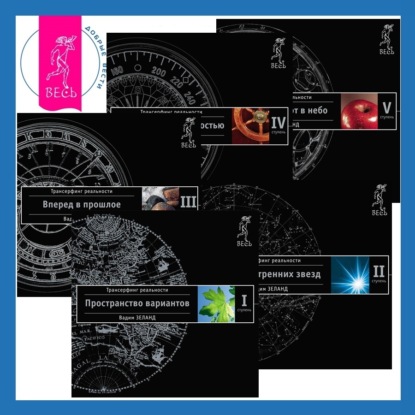The Golgi apparatus (GA), found universally in both plant and animal cells, is typically comprised of a series of five to eight cup-shaped, membrane-covered sacs called cisternae that look something like a stack of deflated balloons. The GA is often considered the "distribution and shipping department" for the cell"s chemical products. It modifies proteins and lipids (fats) and prepares them for export outside of the cell or for transport to other locations in the cell. The Golgi Apparatus traces the first 100 years of GA discovery from the first published accounts from Pavia, Italy, in 1898 to the Centenary Celebration in Pavia, Italy, in 1998 to our most recent discoveries. It summarizes the past 50 years beginning with the modern era of GA discovery initiated in 1954 and made possible by the advent of the electron microscope, methods of cell fractionation and biochemical analysis, leading up to the present era with almost exclusive focus on molecular biology. Emphasized are organization and function (especially in plants), the existence and importance of cisternal tubules, development of methods of plant and animal GA isolation and subfractionation, biochemical analyses of highly purified plant and animal GA fractions and comparison to equally highly purified reference fractions and their use in cell free systems analysis of membrane trafficking, the concept of GA function as part of an integrated system of internal endomembranes (the endomembrane system), evidence for differentiation of membranes across the stacks of GA cisternae, and flux of membrane constituents along the polarity gradient defined by membrane differentiation all culminating in the membrane maturation or flow differentiation model of GA function. More recent contributions to GA in cell growth (enlargement) and to cancer are summarized in final chapters. Это и многое другое вы найдете в книге The Golgi Apparatus: The First 100 Years (D. James Morre, Hilton H. Mollenhauer)
The Golgi Apparatus: The First 100 Years D. James Morre, Hilton H. Mollenhauer (книга)
Подробная информация о книге «The Golgi Apparatus: The First 100 Years D. James Morre, Hilton H. Mollenhauer». Сайт не предоставляет возможности читать онлайн или скачать бесплатно книгу «The Golgi Apparatus: The First 100 Years D. James Morre, Hilton H. Mollenhauer»















